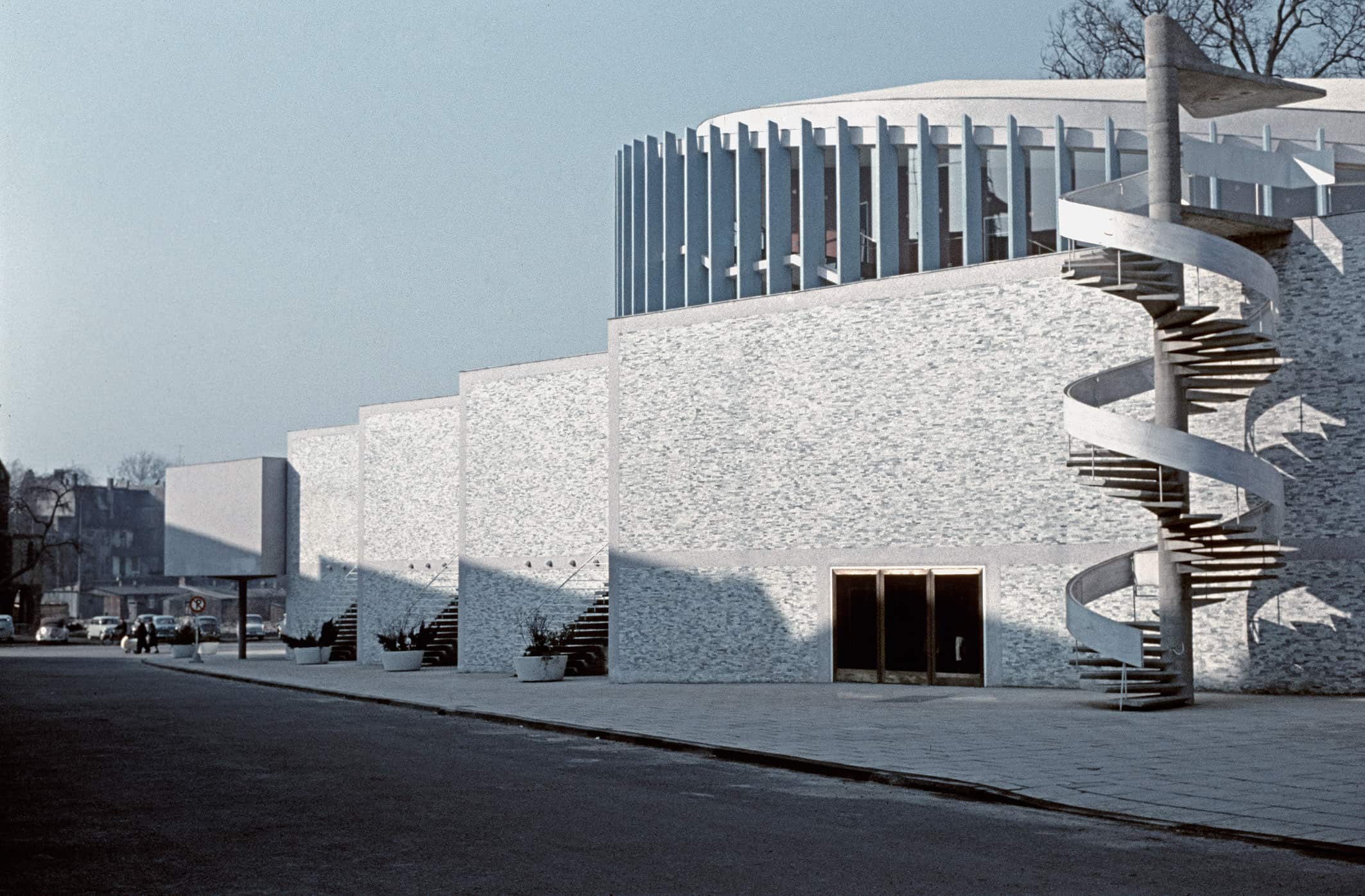
She was a peasant girl from Lorraine during the time of the Hundred Years' War (1337–1453). Even as a child, Jeanne d'Arc is said to have had visions of the archangel Michael, who commanded her to free the city of Orléans from the English. At the age of 17, the girl leads the French camp as a standard bearer. With her enthusiasm, she actually succeeds in liberating the city. The heir to the throne, Charles VII, is crowned – the girl is burned as a witch two years later at the urging of the church. The French national saint is the protagonist of Lillian Stillwell's new dance evening with opera choir and the percussionists of the symphony orchestra. In it, the head of Tanz Münster explores the radicality of the Maid of Orléans and her legacy.


